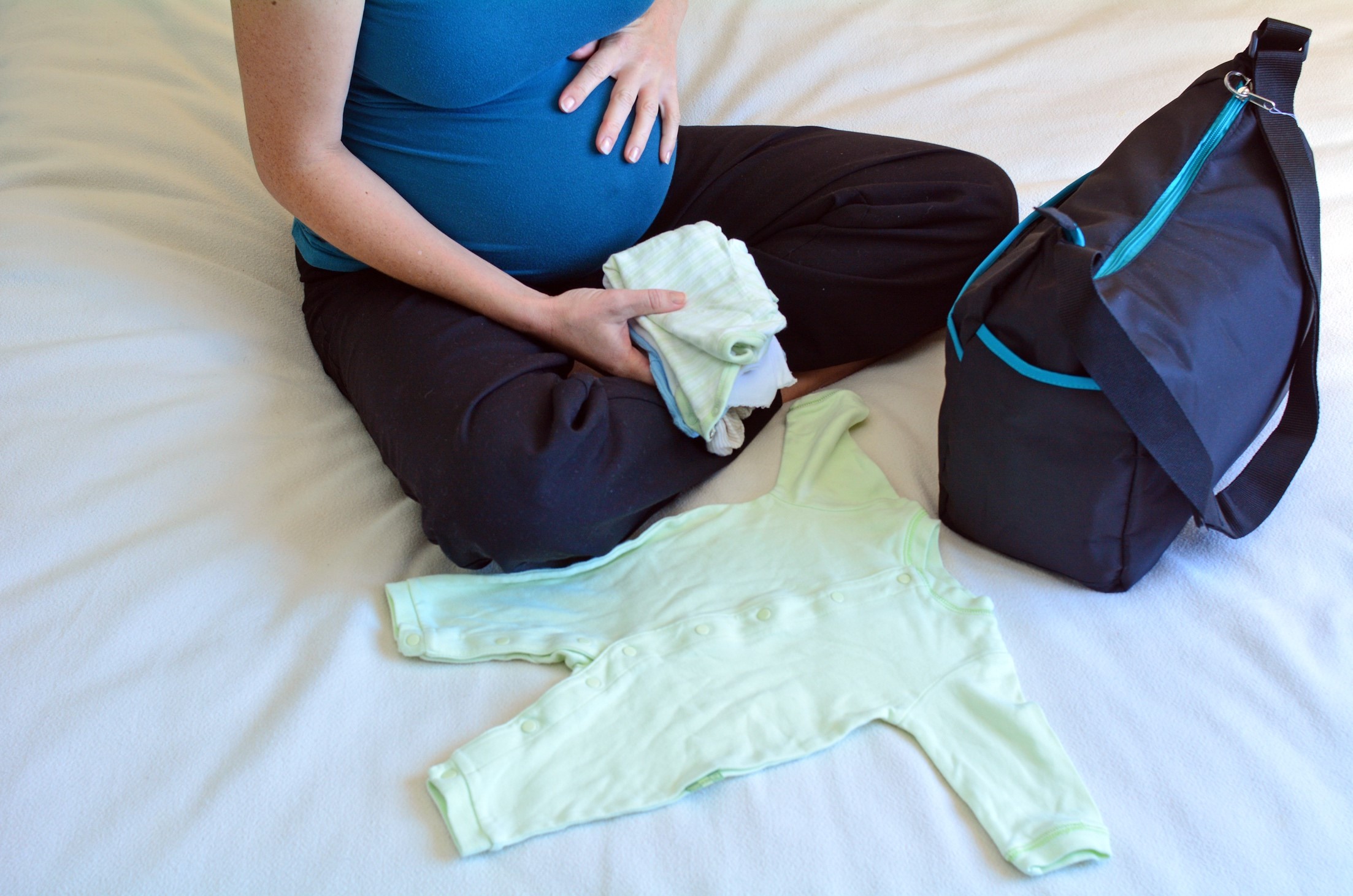Am I Prepared for My Labor Induction?
Preparation for Labor Induction
Once you and your doctor have decided on an induction, it is natural to have questions about the process. Having some sense of what to expect will ease any anxiety you may feel about having your labor induced. This article will provide information on real-world aspects of labor inductions. Read Labor Inductions for information on the medicines and devices used during that process.
My Labor is Going to be Induced. Now What?
You and your doctor will decide on your labor induction’s timing, and this will be scheduled. You may be asked to arrive at the hospital in the evening or early morning. Your cervical dilation and the medicine your doctor plans to use for your induction will determine the time of day to start your induction.
Once you arrive at the hospital, a labor nurse will ask you questions to gather your history and perform a physical examination. She will also check your vital signs. Blood work is obtained, and an intravenous line (I-V) started. Your doctor would have ordered medicines for your induction in advance of your arrival. Your nurse will get these started.
What Type of Monitoring Should I Expect to Receive?
You will be placed on the monitor to assess the baby’s heart rate and your contractions. The monitors are placed on your abdomen and secured by a belt. Most monitors are corded and attached to a machine at your bedside. When going to the bathroom, they will need to be removed and reattached when you return. Monitors may also be cordless. Cordless monitors allow monitoring of your contractions and your baby’s heart rate remotely. This has the benefit of allowing you to walk around more freely, usually in your room or the hallway. Some hospitals choose not to use the cordless fetal monitors due to expense or functionality. With cordless monitors, you may get drops in signal. During these drops in signal, the baby is not being monitored. For this reason, some hospitals choose not to use cordless monitors.
Monitors may also be placed internally- inside the uterus. Internal monitors are associated with increased risks, including infection. These monitors are placed only if your doctor feels she needs information that the external monitors cannot provide. The internal monitor for the baby’s heart rate is placed on the baby’s scalp. This does not harm your baby and does not cause pain. The internal monitor for contraction is placed inside the uterus. Your amniotic sac must be broken and your cervix dilated if internal monitors are to be placed.



Will an Intravenous Line be Started?
Yes. An intravenous line (I-V) is started at the time your labs are drawn on admission. The IV line may be inconvenient, but it is an important safety measure. If you or your baby are showing signs of dehydration, fluids are given through the IV. If an emergency occurs, there is precious little time to respond. In an emergency, there is no time to spare in getting an IV started. The best time to start an IV is at the time of admission.
Will I Be Able to Eat?
You may or may not be able to eat during labor. It all depends on how far along you are in the induction process. Early in the induction process, your doctor may allow you to have clear liquids. Few doctors allow a regular diet. As your labor progresses, it is best not to eat. This is another safety measure. If you happen to need a C-section, especially an emergency C-section, your risk of a serious complication called aspiration increases when there is food in your stomach. It is best to eat prior to going in for your induction to reduce hunger.
What is Involved in Cervical Ripening?
It is not uncommon for your labor induction process to include cervical ripening. Cervical ripening is used when your cervix is not yet dilated, softened, or thinned out. The ripening agent may be medicines or a device. This portion may take hours.
During this stage, be prepared to relax, read, watch TV. Depending on the medicines used, you may not be allowed out of bed for up to two hours. Be sure to start with an empty bladder. You also may not be allowed to eat or only have clear liquids. Eat before going to the hospital. See the article Labor Induction for detailed information on the different medicines and devices used for labor induction.
When Should I Have my Family Come to the Hospital?
During your induction, it Is a good idea to have one support person with you. You may not want the whole gang there at the time you arrive for your induction as the process may be lengthy. Once you enter the active labor phase, that would be the time to get the folks you are hoping to have with you during your birth head to the hospital. Each hospital will have their own policies on the number of people allowed in the birthing room.
When do I Know I am in Labor “For Real”?
Once your cervix is dilated to 6 centimeters, your water is broken, and you are contracting regularly and dilating, you are on your way. The induction of labor can be quick. But in some cases, you may need several days. You may have periods of rapid progression followed by stalled labor. You may have a slow progression of dilation and fast pushing. Try to relax, stay open minded. Remember, neither you nor your doctor sets the pace, your baby does.
Written by: Kristen McBride MD, March 09, 2020 | Editor: Dayna Smith, MD | Reviewed October 1, 2020 | Copyright: myObMD Media, LLC, 2020
References
- ACOG Practice Bulletin Number 107, August, 2009. Induction of Labor.
- Ramsey, S Patrick et al; Labor Induction, Current Opinion in Obstetrics and Gynecology, 2000, 12:463-473.


